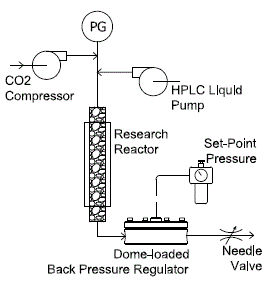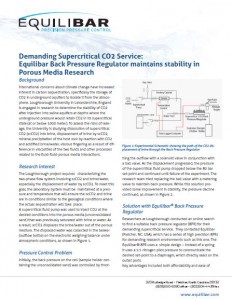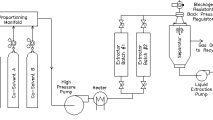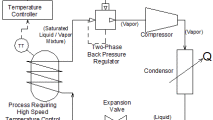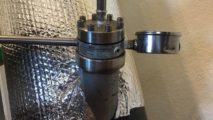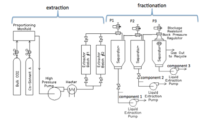Equilibar® precision back pressure regulators are being used successfully in research reactor applications using supercritical fluids. Our H6P and B6R regulators are rated up to 6000 psig, giving scientists and engineers a new tool for precision pressure control with this fluid. Equilibar’s BR “blockage resistant” back pressure regulators were designed specifically for SCO2 applications.
The recommended regulator configuration for use with supercritical carbon dioxide is a 316 stainless steel body with a polyimide diaphragm. Researchers using Equilibar regulators for SCO2 control have also had excellent performance with other diaphragm materials such as PTFE/Glass, PEEK and metallic depending on their process conditions.

Because SCO2 is a highly aggressive solvent, the careful selection of seals and elastomers is key for good service life. Reductions in system pressure, even when done in a highly controller manner, can cause damage to many O-ring materials due to the exponential expansion of fluids permeated into the elastomers.
For BPRs used in SCO2 applications, Equilibar recommends using an EPDM O-ring – a low cost, acceptable O-ring for this application. EPDM (ethylene propylene diene monomer) rubber is a high density synthetic rubber capable of withstanding high temperatures and has a strong acid and alkali resistance. EPDM O-rings have shown effective resistance to SCO2 service issues in the Equilibar back pressure regulators.
Manufacturers of perfluroelastomers (FFKM) O-rings also recommend certain of their high-durometer (Shore A 90) varieties for resistance to explosive decompression problems. DuPont’s Kalrez 0090, for instance, is specifically designed for rapid gas decompression service.
Application Success: Carbon Sequestration Research

An Equilibar precision BPR was used successfully to facilitate supercritical carbon dioxide research at the University of Sydney in Australia. Traditional pressure regulators with needle valve trims were not able to handle the ultra low flow rate and suffered from plugging problems. An Equilibar BPR with a supple PTFE/Glass diaphragm was able to provide stable control in this application and handle the phase changes. Read the case study for details.
Contact our engineers to discuss controlling supercritical CO2 pressure in your application.
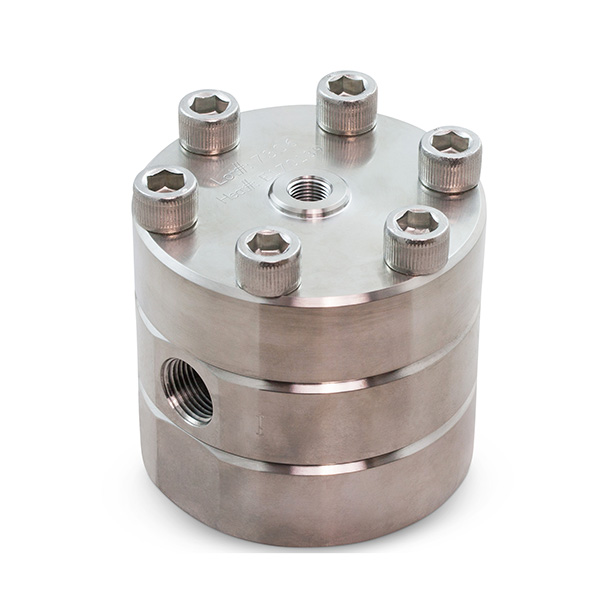
Equilibar B6R blockage resistant back pressure regulator for use with supercritical CO2
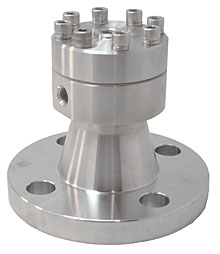
Equilibar Blockage Resistant BR Series model with custom outlet flange for direct mounting to collection vessel.
Customer Case Study: Equilibar back pressure regulator addresses critical challenges in supercritical CO2 research at Loughborough University
Customer Case Study: Equilibar Back Pressure Regulator Used in Carbon Sequestration Research at University of Sydney .
Watch the video below of how the Equilibar Back Pressure Regulator controls pressure with supercritical fluids.


